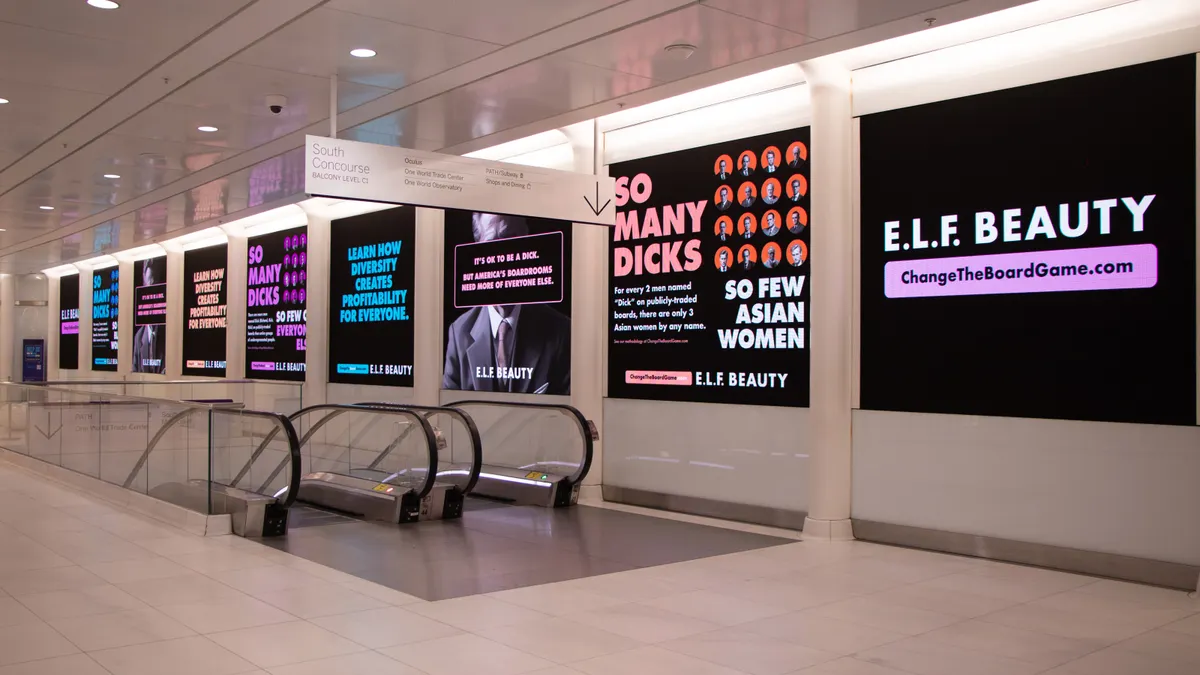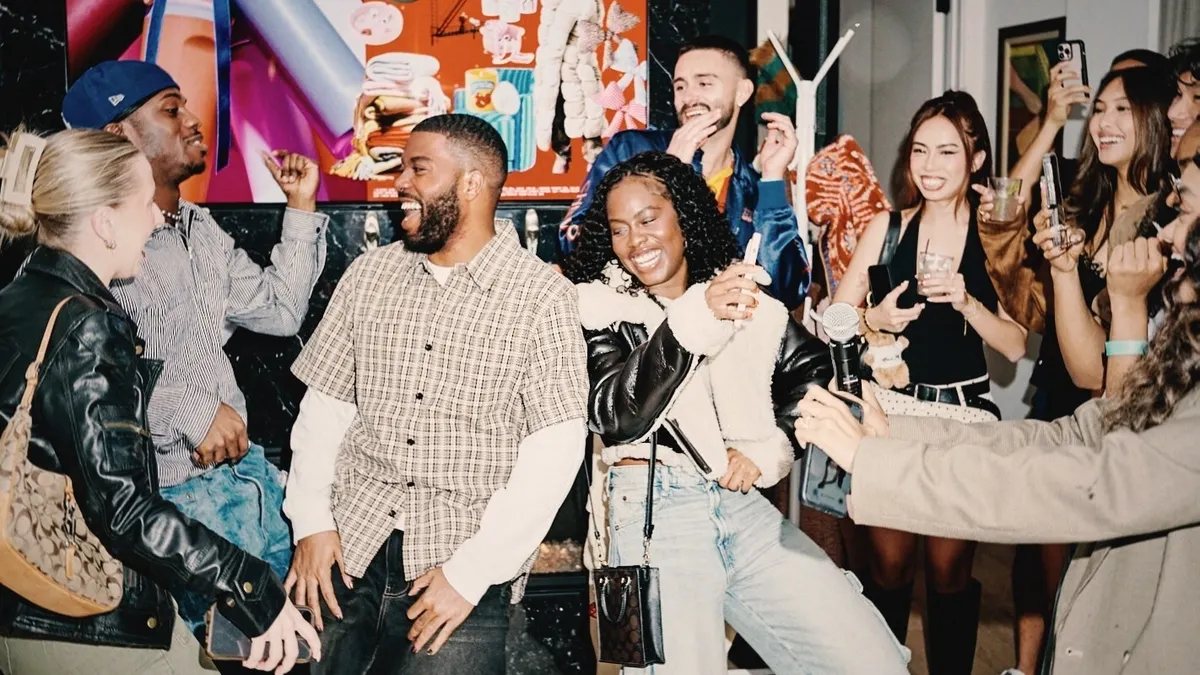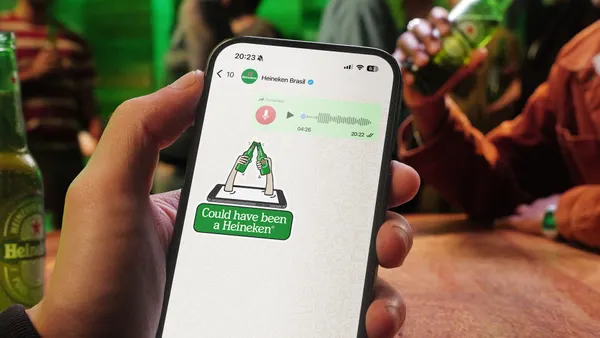Editor's note: The following is a guest post from Ian Wu, head of strategic partnership at Cheetah Mobile, a Beijing-based app developer.
It is the year of the influencer. As more brands reduce ad spending on traditional media platforms in favor of social media, advertising strategies have also had to shift gears. In the past, brands would focus their resources on creating memorable ad spots for television or print media. Now, brands increasingly rely on a group of influential social media users to spread a message or product out into the world. These influencers have changed the way that marketing content is produced for social media channels while also creating new opportunities for marketers.
Influencers are different from traditional brand ambassadors; they're influential because they are speaking as satisfied customers, not company spokespeople. They make a marketer’s job easier. Instead of having to come up with original content themselves, marketers can outsource this work to influencers. And influencer marketing as a whole has proven to be successful, with a recent survey reporting that 94% of people who have used influencer marketing believe it to be effective.
Advertisers are always trying to create content that’s suitable for a platform, whether that's television, print or Instagram. In many ways, influencer marketing has become a type of media buying — only now, the medium of choice is social media. Instead of focusing on TV markets or demographics, marketers are now looking at types of content and levels of engagement in order to determine marketing strategy. And just as media buying is optimized according to target audience, budget and type of media, so too is influencer marketing.
A fluid strategy
Effective influencer marketing strategies follow the fact that each social media platform is its own entity, with distinct rules that need to be followed in order for content to be successful. Marketers also need to remember that influencer strategy, like media strategy, needs to be fluidly, yet distinctly, conducted across all platforms.
Unlike in the past, content is no longer “one size fits all.” A 140-character sentence isn’t going to generate engagement on Instagram, nor is a 10-second video likely to get many views on YouTube. The benefit of working with influencers is that they are experienced and already know which types of content and what channel will generate the most engagement amongst their followers. Every social platform, whether it’s Snapchat, Twitter, Instagram, or musical.ly, has its own way of formatting and displaying content. It’s up to marketers to ensure that the brand message remains consistent across them all.
By doing so, marketers can maximize the efficiency of every dollar they spend. Instead of throwing indiscriminate amounts of money at social media marketing and hoping for the best, marketers can use influencers to add some certainty to their marketing methods. Because influencers are producing and posting the content themselves, marketers can use them to build authentic brand awareness and increase engagement without spending vast amounts of resources — minimizing the risk, but maximizing the return.
Centralized budgets
One of the biggest challenges regarding influencer marketing is that, for the moment, it’s not really clear who’s responsible for the individuals. Are influencers part of a company’s public relations strategy or should they only answer to the marketing team? In some companies, PR agencies are put in charge of influencer strategy — but as influencers become an increasingly important factor in marketing campaigns, this could change.
Media agencies also have a claim to influencer marketing, given that influencer marketing largely takes place over social media. The problem is really one of budget — if money is being distributed to both the PR team and the marketing team for influencer purposes, that means there are inefficiencies that need to be addressed. In other words, divide and conquer is not the strategy that’s needed here. Instead, there should be centralized control over the budget to ensure that marketing strategy is consistent and effective.
There are obvious benefits to using influencers for marketing campaigns. But the tricky bit involves coordination: how should marketers sync up their influencer marketing efforts across various platforms? The answer is that in order for influencer marketing campaigns to be successful, marketers need to take a page out of the media buyer’s playbook and coordinate their campaigns accordingly. It’s not enough just to have influencers if they keep stepping on each other’s toes. Marketers should therefore allow media-buying strategy to inform influencer marketing strategy and reap the rewards.












